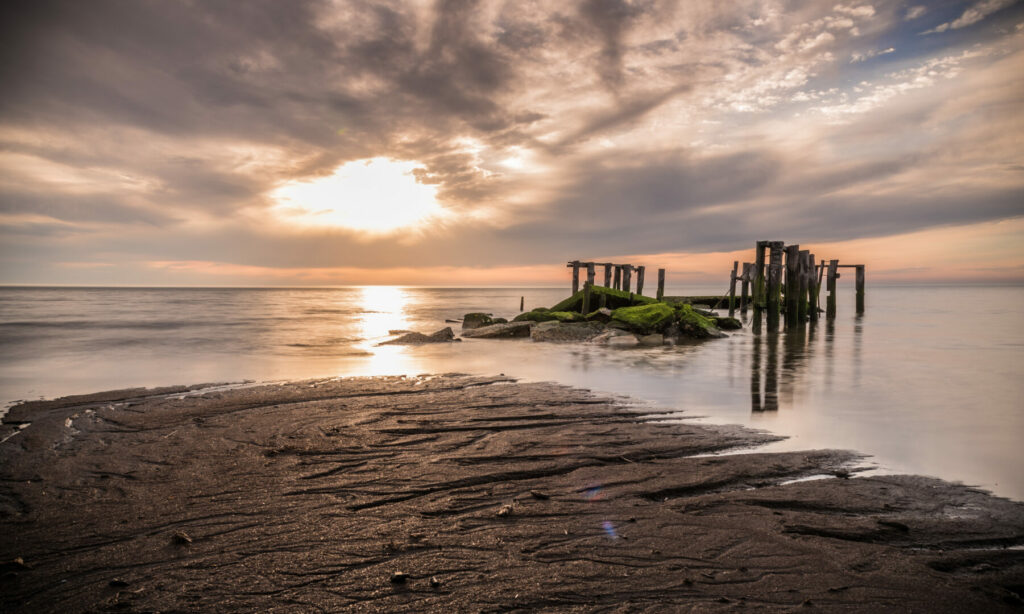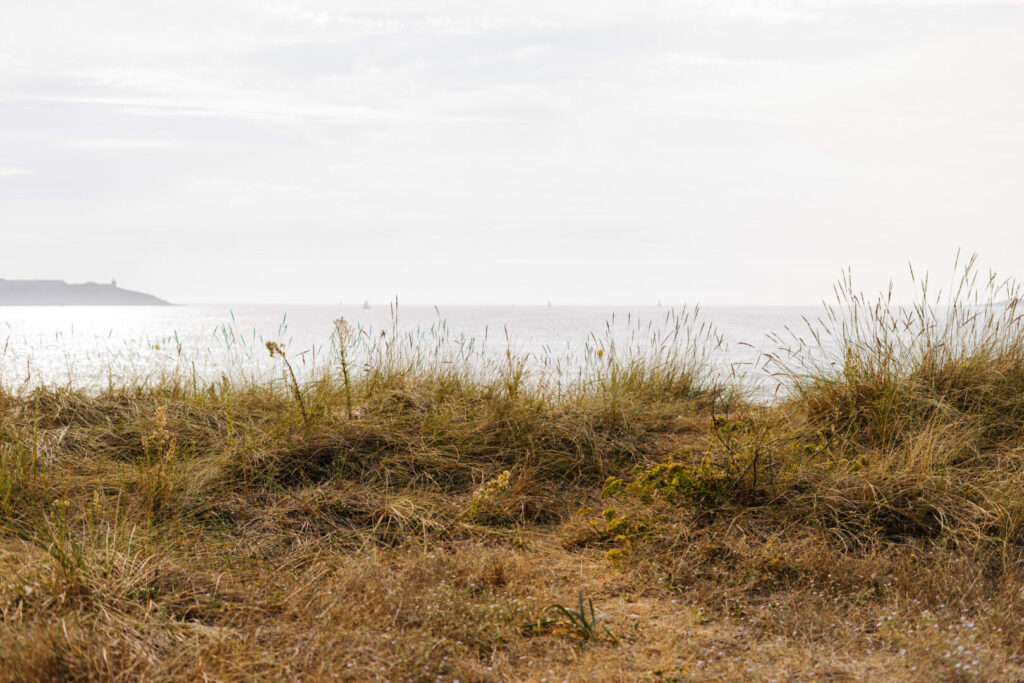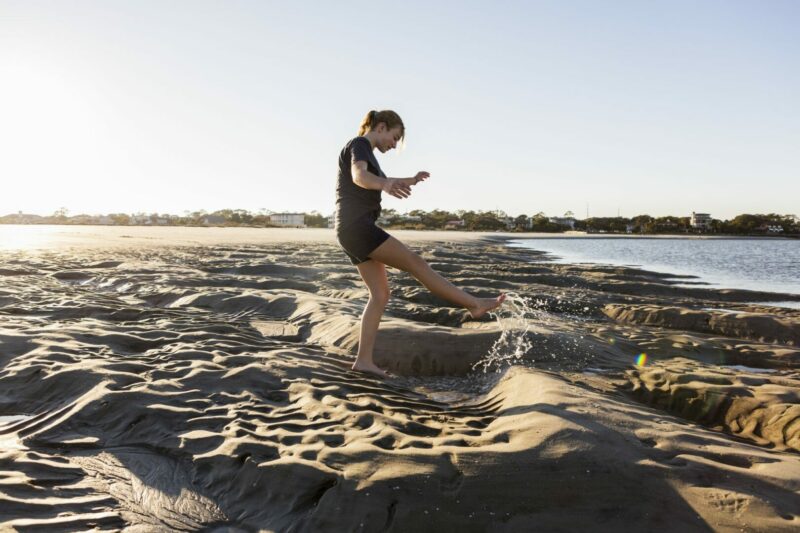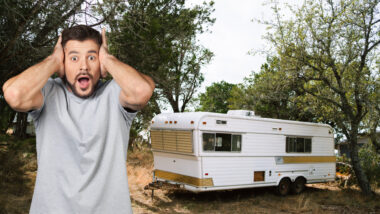Table of Contents Show
If you’re looking for serenity amid a hectic vacation in Delaware, Assawoman Wildlife Area, DE is a hidden gem in the southern part of the state. You can enjoy a quiet walk and observe numerous species of birds. Perhaps you’ll catch a sighting of the protected Delmarva fox squirrel.
You’ll want to check local hunting schedules before you visit. But if you’re ready for a peaceful adventure, it’s time everyone learns about the secret hideaway that is Assawoman Wildlife Area, DE.
Let’s dive in!
Where Is Assawoman Wildlife Area, DE?
Assawoman Bay is off the eastern shoreline of Maryland and stretches from Ocean City in the south to Fenwick Island, Delaware, in the north. Little Assawoman Bay is north and forms the western border of Fenwick Island State Park in Delaware.
Resting to the northeast of Little Assawoman Bay is Assawoman Bay State Wildlife Area. It’s accessible via Mulberry Landing Road. The closest main road to the wildlife area is Highway 54, running east to west from South Bethany to Bayard.
About Assawoman Wildlife Area, DE
Assawoman Wildlife Area consists of approximately 3,100 acres. The Delaware Department of Natural Resources and Environmental Control manages the land. It protects wildlife like bald eagles, pileated woodpeckers, and eastern box turtles.
Generally not very busy, Assawoman Wildlife Area is an excellent scenic location to enjoy the natural beauty of Delaware in a serene environment. From the watchtower, visitors can see thousands of acres of marsh and water.
Birding, wildlife viewing, kayaking, hiking, and boating are popular activities. The wildlife area is pet-friendly and has picnic spots, so bring along the family and your furry friends.
How Can I Visit Assawoman Wildlife Area, DE?
If you’re visiting Fenwick Island State Park, you can head toward the Maryland border via Highway 1 and turn right onto Highway 54.
Turn right onto Old Mill Bridge Road and then right onto Millers Neck Road. Turn right on Camp Barnes Road and then right on Mulberry Landing Road, which will take you to the Assawoman Wildlife Area. The drive time is about 20 minutes.
If you’re visiting Bethany Beach, you can take Kent Avenue south to Double Bridges Road. After driving a few miles on this road, you’ll turn left onto Camp Barnes Road and follow the previous directions.
This drive is also about 20 minutes. There is no entry fee to visit Assawoman Bay State Wildlife Area, DE.

What Type of Animals Live in Assawoman Wildlife Area, DE?
The Delmarva fox squirrel, white-tailed deer, bobwhite quail, Canada goose, mallard duck, other birds, mammals, reptiles, and amphibians live in Assawoman Wildlife Area, DE.
You’re also likely to see bald eagles or river otters. Migratory birds visit annually. Fishing is an everyday activity, so dozens of species of fish inhabit the bay area.
Keep in Mind: If you’re visiting Yellowstone National Park, keep your distance from wildlife! This Tourist Almost Gored Trying to Pet a Bison
How Was Assawoman Bay Created?
The land around Assawoman Bay used to be farmland. Nine farms, ranging in size from 30 to 325 acres, were productive and thriving until the Great Depression.
The owners lost all the land and sold it to the U.S. Forest Service. Today there are three areas: Miller Neck (1,335 acres), Muddy Neck (284 acres), and The Beach (76 acres).
What Lives in the Assawoman Bay?
Fly fishing is common along the Assawoman Bay Trail site in Maryland. Flounder, speckled trout, croaker, spot, and striped bass are all in these shallow waters. The bay is only about four feet deep, and the tidal ponds and salt marsh sod banks make it a prime location for a day on the water.
Numerous species of ducks, geese, and waterfowl also call this region “home.” Other animals you’d expect to find in lagoon-like areas, such as turtles and salamanders, live here.

How Deep Is the Assawoman Bay?
The maximum depth of Assawoman Bay is 15 feet. Most of the lagoon has an average depth of four to six feet.
The Assawoman Canal, which the U.S. Army Corps of Engineers constructed in 1891, links the Indian River Bay in the north with the Little Assawoman Bay in the south.
However, it became impassable due to its shallow nature. During the early 21st Century, the state completed a dredging project that restored the canal to navigability. Now only small crafts can travel through it.
Keep in Mind: Looking for more activities in Delaware? Check out this list of 11 Things to do in Delaware!
Can You Kayak on Assawoman Bay?
The Assawoman Canal is famous for kayakers because of its beautiful natural scenery and shallow waters. You won’t deal with the ebb and flow of waves because it’s a no-wake area, and only small crafts can access it.
There are no rentals, so you’ll need to bring your kayak. Guided kayak tours are available at Little Assawoman Bay through Coastal Kayak. If you don’t have a kayak, this is an ideal option to enjoy a couple of hours on the water.
Is It Worth Visiting Assawoman Wildlife Area, DE?
If you’re a bird watcher, Assawoman Wildlife Area, DE, is an excellent spot to enjoy peaceful surroundings. Because it’s so remote, you won’t have the noise of tourists or city life.
Your chance of observing waterfowl, ospreys, and bald eagles is very high. So if you’re visiting Bethany Beach or Ocean City and want an escape, head to the wildlife area. Don’t forget your binoculars!
When will you visit Assawoman Wildlife Area?






